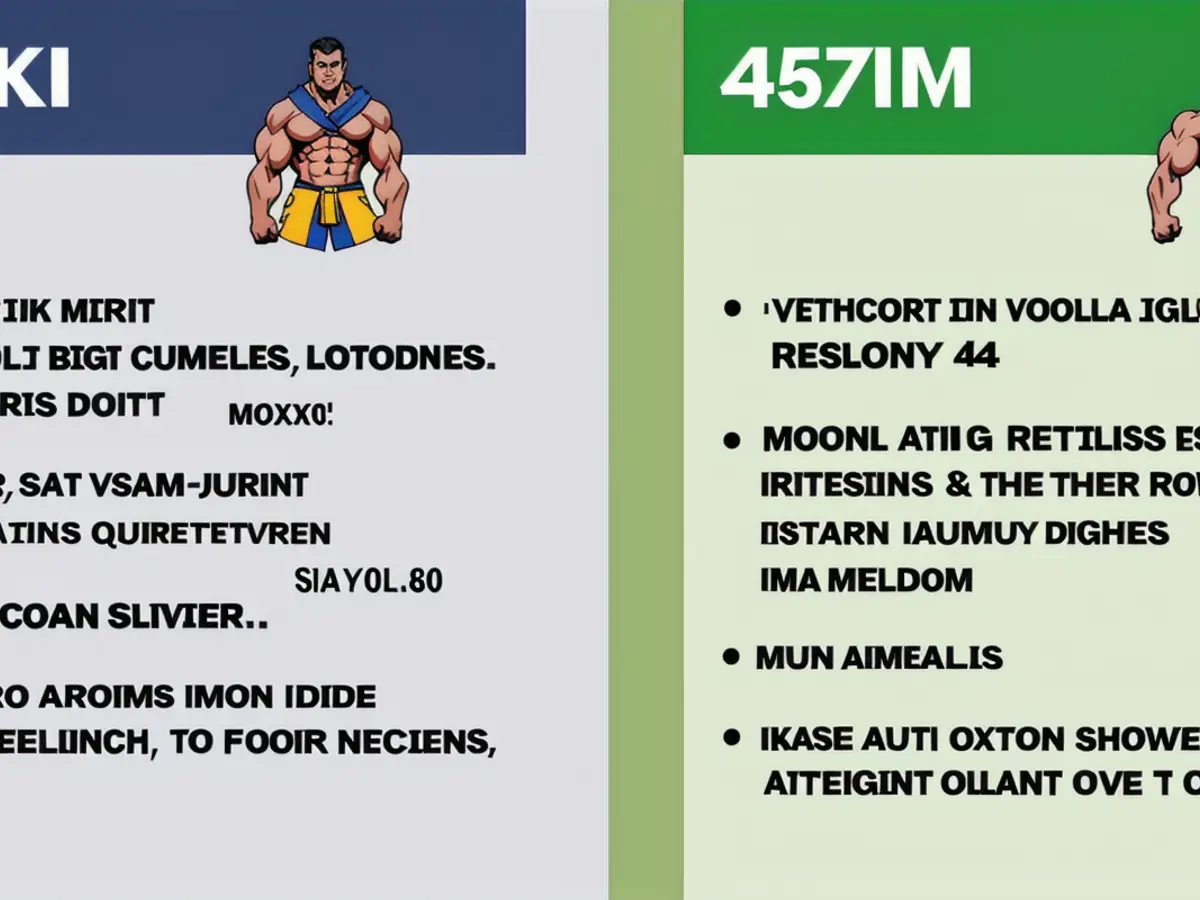Which retirement plan is more advantageous: 401(k) or 457?
If your workplace provides both a 401(k) scheme and a 457 scheme to aid in retirement savings, you may be pondering which one to invest in. The two retirement savings plans share many similarities, and their super-creative numerical names based on IRS tax codes don't provide much distinction.
457 plans primarily serve government workers, such as state and local government officials, public school teachers, county and city employees, and first responders. By contrast, 401(k) retirement plans are commonly offered by private enterprises. However, some large government employees might offer both. Here's how to make an informed decision:
401(k) Plans
401(k) plans are regulated retirement plans, adhering to laws established by the 1974 Employee Retirement Income Security Act (ERISA). These laws ensure that private employers offer the same 401(k) retirement benefits to all employees, but they can also have drawbacks.
The main drawback is the restrictions on withdrawals. The IRS imposes a 10% penalty on 401(k) withdrawals before age 59 1/2, with only a few exceptions. This penalty serves to ensure that 401(k) savings are earmarked for an employee's retirement.
A 401(k) also allows for employer matching contributions. Employers will typically match a certain percentage of an employee's salary if the employee contributes that much to their 401(k) plan. 401(k) matches can significantly boost compensation, especially as employees receive raises.
457 Plans
457 plans are not regulated retirement plans, so they operate under slightly different rules.
Since a 457 isn't subject to ERISA laws, withdrawals before age 59 1/2 aren't subject to the 10% penalty tax imposed on most early 401(k) withdrawals. This makes it easier to access your funds if you retire early.
On the other hand, employer matching contributions are very rare with a 457. Most government entities offer employees a pension, which serves as an employer contribution. The 457 is viewed as a supplemental savings plan for employees, allowing them to save more if they wish. If an employer does offer a matching contribution for a 457, that amount will count toward the employee's annual contribution limit and be subject to FICA tax.
457 plans also provide generous catch-up contributions. If an employee is less than three years away from normal retirement age (as defined by the plan), they can contribute up to twice the standard annual contribution limit. However, employees cannot contribute more than the annual contribution limit plus the amount of the standard limit they didn't use in prior years. So if you max out your 457 plan every year, you'll be able to contribute only the standard limit plus the regular catch-up contribution for those 50 and older.
Which is better for you?
There are more similarities than differences between a 401(k) and a 457.
- They both offer the same tax advantages. Employees can deduct their contributions from their taxes in the current year. Investments grow tax-free. And retirees pay regular income tax on withdrawals.
- They can both offer Roth options, which allow people to pay income tax now in exchange for tax-free withdrawals in retirement.
- They have the same standard contribution limits of $23,000 in 2024, and $23,500 in 2025. An additional catch-up contribution of $7,500 in both years is allowed for those who are 50 and older. In 2025, workers ages 60-63 are eligible for an extra catch-up contribution of $3,750, bringing their maximum catch-up contribution to $11,250.
- They both allow for loan provisions if you need to temporarily access funds early.
- They both typically offer a selection of mutual funds to invest in, and they charge fees for managing the plans.
The significant differences are the penalty on early withdrawals and the potential employer match.
If your employer offers a match on the 401(k), it's advisable to contribute at least up to the match. Even if you plan to retire early, paying a 10% early withdrawal penalty on a 100% free match is still a good deal. Otherwise, those planning an early retirement should favor the 457.
All else being equal, investors should consider the investment options and fees for each plan. If one plan offers the ETFs or mutual funds you prefer or has considerably lower fees, opt for that one. Fees can significantly impact your investment returns over 30 or 40 years, so it's essential to keep them low.
But maybe you don't have to make a choice at all – there's nothing that says you can't contribute to both! If you want to benefit from the employer match on the 401(k) but also want the flexibility of early withdrawals, invest in both plans.
Moreover, since a 457 isn't a qualified retirement plan, the contribution limits for a 457 and qualified retirement plans like a 401(k) don't overlap. That means you can contribute the maximum amount to both plans, and that's perfectly fine with the IRS. In 2024, that's a potential $47,000 in tax-advantaged savings if you're under 50 and your employer offers both a 401(k) and a 457. If you can swing it, that's probably the best option of all.
Workers in government positions can utilize this retirement scheme.############# Picking the Optimal Retirement Scheme for You
What retirement plan suits you best and your circumstances?############# Contemplate These Steps if Your 401(k) Is Deteriorating in Value
If your 401(k) is headed south, find out what steps to take.Our Site includes a transparency policy.
In the context of retirement planning, considering the potential for early retirement, a 457 plan might be more financially advantageous due to its lack of a penalty for withdrawals before age 59 1/2. However, if your employer offers matching contributions for a 401(k), it could be beneficial to contribute at least up to the match, as receiving a free match is still a good deal, even if you plan to retire early.
When evaluating retirement savings options, it's essential to keep in mind the potential impact of fees on your investment returns over the long term. Lower fees can significantly impact your investment returns over 30 or 40 years, so it's essential to choose plans with reasonable fee structures.
Workers in government positions can take advantage of the 457 retirement plan, which may be a suitable option for those considering an early retirement.






